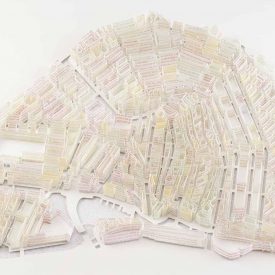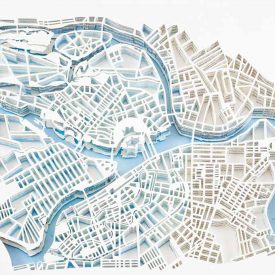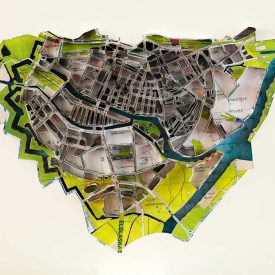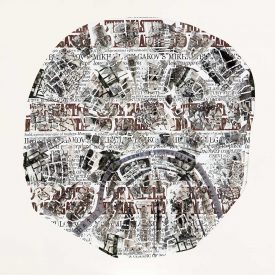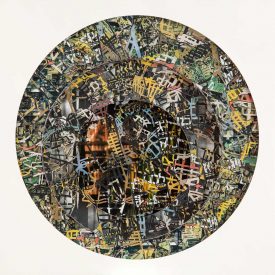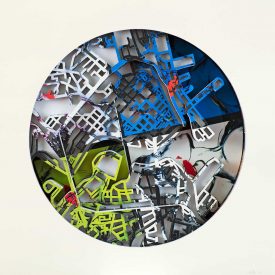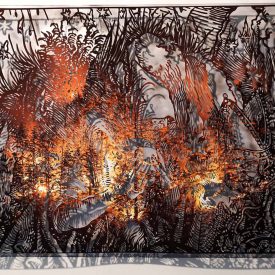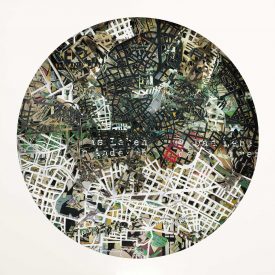The city of Danzig, now known by it’s Polish incarnation Gdansk, site of the famous Solidarnosk revolution has had a long and complex history. The city underwent periods of Prussian, German and Polish rule over many centuries. Between the WW1 and WW2 it existed as the “free city” of Danzig as it had previously between 1807 and 1814. From 1815 onwards was under Prussian and then German imperial rule.
The Danzig Trilogy by Gunter Grass examines the German experience of the war, before, during and after and centers upon the city in which he was born and grew up in until drafted by the Luftwaffe at the age of sixteen. The events in the Tin Drum are mostly centered upon the period of the German invasion of Danzig in 1939 until 1945. Donald Mull describes The Tin Drum as a “Surreal – picaresque, a mock – epic chronicle of Western Europe’s ( and by extension the world’s) twentieth century madness”. The central character Oskar, a young child in 1939, throws himself down the cellar stairs and refuses to grow up as a protest against Nazi occupation. Through the establishment of the disruptive rhythms of his counter beat drumming and the glass shattering high pitched screams he subverts the prevailing order. His character is emblematic of the grotesque and distorted civilization of the city under Nazi rule. The Tin Drum is a novel of the decimation of the spirit of a city, a city that seems to be collapsing in on itself under the compromises, contradictions and sufferings of it’s populace. Oskar is at once an observer of events and a participant, standing both inside and outside of history.
The film of The Tin Drum by Volker Schlondorff incorporates the famous Post Office defense of 1939 and presents a darkly comic and surreal portrait of Danzig during WW2. The sculpture contains fragments of the Gunter Grass, book covers and uses a map from 1943 during the German occupation. Grafted onto the edges of this German city are sections from a Polish map of the current city.
